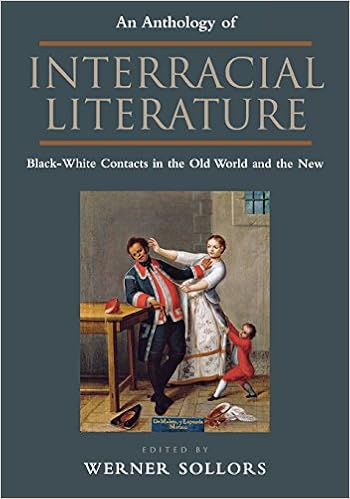Why did the BBC cast a mixed-race Porthos in The Musketeers?Posted in Articles, Arts, Media Archive, United Kingdom on 2014-02-05 16:21Z by Steven |
Why did the BBC cast a mixed-race Porthos in The Musketeers?
The Guardian
2014-01-28
Stuart Jeffries, Feature Writer and Columnist
Certain viewers are non-plussed by the casting of a musketeer of colour, but surely blind casting is preferable to an historical whitewash
Studs in leather? Check. Swordplay? Check. Buckled swash? Check. Medieval cleavages? Check. Over-complicated facial hair? Check. Dead-eyed Peter Capaldi as Louis XIII’s enforcer Cardinal Richelieu, that 17th-century prototype of Capaldi’s Malcolm Tucker in The Thick of It? Check.
There’s so much diverting stuff in BBC1’s current adaptation of The Musketeers that you might have missed perhaps its most intriguing aspect. One Telegraph reader didn’t during their below-the-line rant against what they called a “dumbed down romp”. “And,” they sighed, mid-tirade, “there is the one obligatory part-black character to prove that multiculti [sic] political correctness outweighs historical accuracy.”…
Read the entire article here.


